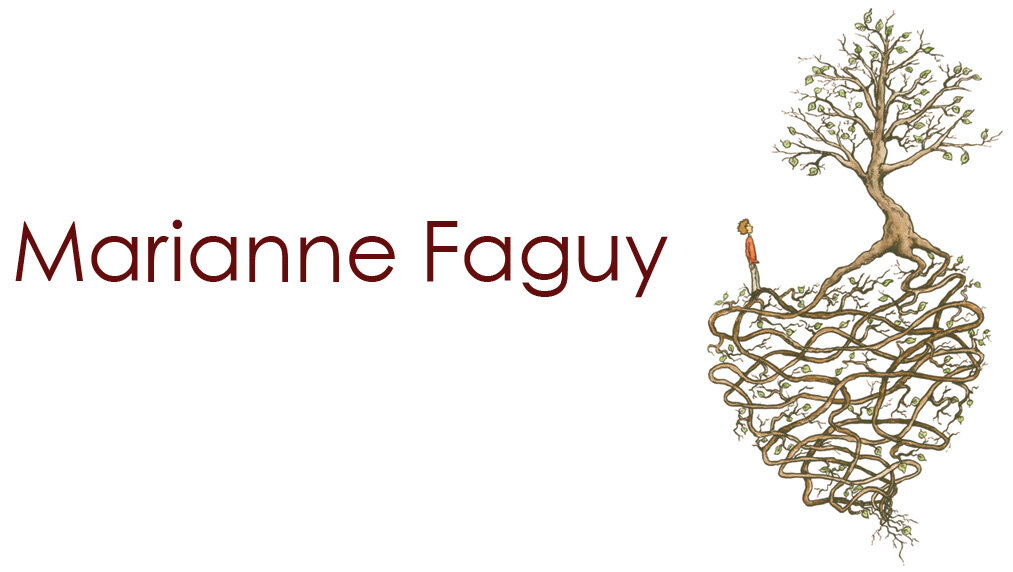Where to find eco-friendly pigments
I recently told you about 5 reasons to paint with your own pigments. I’m now sharing where I get my pigments and how to make sure they are eco-friendly.
Several companies sell pigments for artists, but often they offer toxic pigments and pigments synthesized from hydrocarbons alongside pigments that could be environmentally friendly. So take time to verify for example:
if the pigments are toxic (companies should provide Safety Material Data Sheets)
the nature of the pigment (are they petroleum derivate or not for example).
the origin of their products, which is often not provided on their website, you will need to ask the company.
does the company has environmental policies and sustainable practices in place? For example do they have some of these in place:
do they use renewable energies for power,
local production to reduce transportation and encourage local economy,
eco-friendly packaging,
green house gases reduction,
are all their products safe for the environment and health,
are their pigments obtained in a responsible manner, etc.
If they do not clearly list any environmental policies on their site, they most likely don’t have one as companies nowadays definitely see added value in showcasing those. But you can contact them to verify.
However, time is also a precious resource for me. Especially when I first looked into this, because I had made the choice to work part-time to be more present with my daughter during her first years of life. Spending hours reading Material Safety Data Sheets and verify that each product met my requirements by contacting companies with a long list of questions for each pigments I was looking at was not a priority at the time.
But I found a company whose mission is precisely to provide high quality sustainable and non-toxic materials! (There was another one, in Canada, ‘‘ Colors of Nature ’’ but they unfortunately closed shop in 2019, I hope that other companies will take a full sustainable approach!).
So for any artist constrained by time or who does not like spending hours checking the composition and provenance of each product, it is an ideal solution.
Natural Earth Paint : in Oregon, USA.
I love the quality of the products I have tested from Natural Earth Paint over the last couple of years (affiliated links). And am impressed by their commitment to operate a sustainable business. Plus they now have a Canadian website! Here is a summary of what they offer:
Ecological practices in all of their operations.
Their installations use solar power.
They use recycled, biodegradable and locally produced packaging.
They get their pigments and other natural ingredients for sale on their site from small companies who collect them responsibly.
Natural Earth Paint has obtained ‘‘Gold certification” from ‘‘Green America''.
Clear eco-friendly mission for the whole company available on their website. That is a really important one to me, I like not having to send thousands of emails…
100% non-toxic pigments
Their pigments have been tested by government certified toxicologists and certified 100% non-toxic.
High quality products that last over time.
All their pigments offer a permanent or excellent resistance to light (UV resistant), which is the standard for a paint that will keep its color over the years. It is not only necessary for high quality artworks to be of archival quality, but also more ecological to create a painting that will be durable.
Natural pigments.
Earth and mineral pigments, most of them naturally occurring. Two colors have been fired to produce the resulting pigments. And a few are either natural or synthetic organic pigments or synthetic mineral affixed to an earth clay to create the pigment. Those allow for a wider color variety or to replace the pigments that had been historically used, but unsustainable, such as blues that were often made with Lapis Lazuli: now unsustainably harvested in Afghanistan, replaced with earth clay and man-made mineral heated up to create their beautiful ultramarine blue.
Source of pigments
According to their site, their pigments come from France, Italy and the United States. The pigments are sent from their offices in Oregon, USA.
Which means for me who is in Quebec city, the pigments are not local and their transport (from their suppliers and then to me) will generate CO2, but it would unfortunately be the same with conventional paints ...
Resources and other products
Natural Earth Paint share several paint recipes on their site, I plan to tell you about it in another blog (click to be informed of future articles). They also sell all the products needed to make your own binders, impasto, gesso, etc.
Other options?
I would like to mention another company: Kama Pigments. Although it doesn’t have an ecological mission like the previous one, it is a company from Quebec and since transportation of products also has a significant ecological impact, it could be a choice if you are in Canada. They have a wide range of pigments and other products useful to make your own paint. However, they have both toxic and non-toxic pigments and little information on: where they come from and sustainable practices, so you have to verify each products yourself.
I have limited my search to North American companies, but if you are on another continent, I suggest doing some research to see what might be available closer to you. And hopefully more companies with sustainable missions will emerge around the globe. Don't hesitate to share new ones with me!
Sign up to my newsletter to be informed of future posts.

